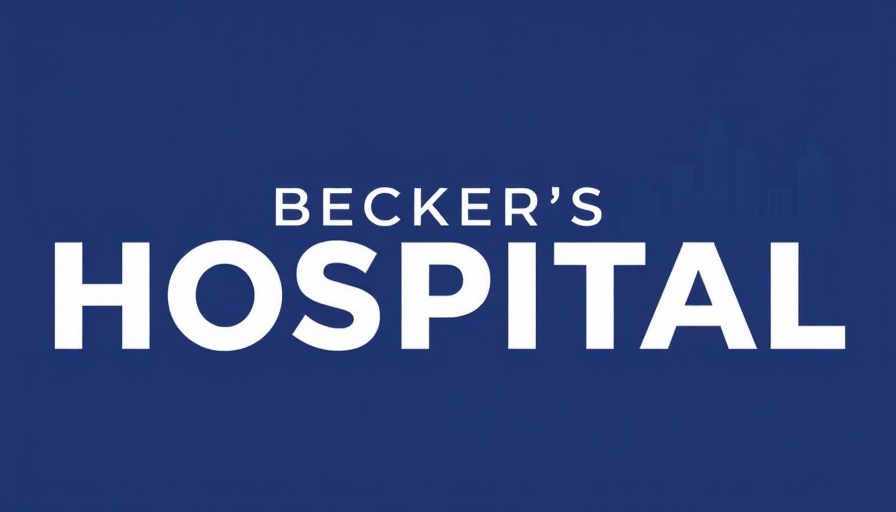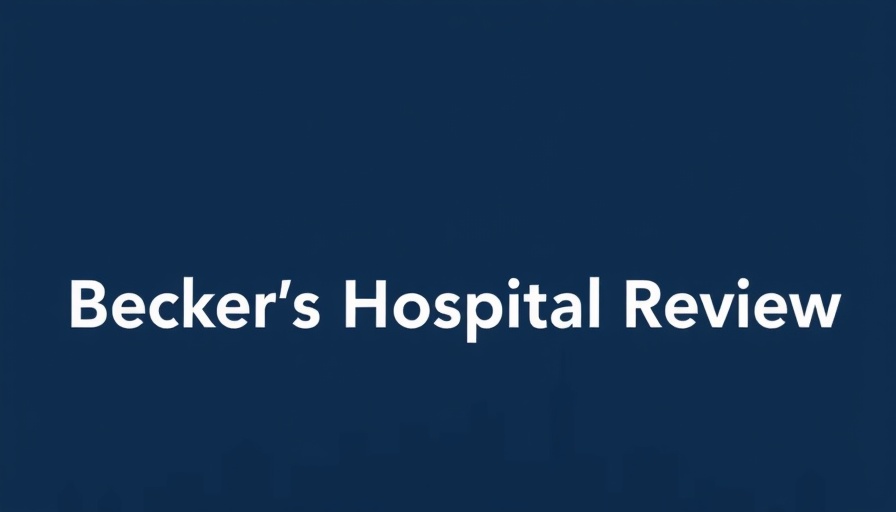
Understanding the One Big Beautiful Bill Act
In a significant financial move, President Donald Trump signed the 'One Big Beautiful Bill Act' into law on July 4, which is projected to add a staggering $3.4 trillion to the national debt from 2025 to 2034. According to a recent report from the Congressional Budget Office (CBO), the implications of this legislation extend beyond fiscal numbers, impacting healthcare and insurance coverage for millions.
The Fiscal Impact: A Closer Look
According to the CBO report, the act will not only increase the national debt but is anticipated to leave an additional 10 million individuals uninsured by 2034. This is a critical concern for independent physicians, nurse practitioners, and healthcare providers who strive to maintain care access for everyone. Furthermore, the act's counterbalancing effects include a marginal decrease of 0.6% in average gross benchmark premiums for ACA marketplace plans, which could translate to slight savings for some patients.
Projected Financial Changes Inside Healthcare
The estimated financial changes come from a dual effect of $1.1 trillion in cuts to direct spending while also facing a loss of $4.5 trillion in governmental revenue. This shift may create challenges for healthcare professionals, especially for independent clinics that rely on steady reimbursement flows. With the growing emphasis on sustainable practice revenue optimization and healthcare automation solutions, practitioners must prepare to navigate these upcoming shifts effectively.
Insurance Coverage Trends: Effects on Practice Management
Taken together, these changes underline a pressing concern: what will be the fate of insurance coverage for patients over the next decade? Independent primary care providers, family practice doctors, and urgent care clinic directors must stay alert to these shifts in coverage that could exacerbate existing disparities in care. Implementing effective patient engagement tools and focusing on healthcare compliance will be key strategies in mitigating the fallout of potential patient losses.
The Role of Telehealth in Mitigating These Effects
As healthcare moves toward a model that increasingly incorporates remote therapeutic monitoring (RTM) and telehealth services, there lies both opportunity and challenge ahead. By embracing technologies such as voice AI agents and AI phone agents, practices can boost patient engagement and potentially offset some of the ramifications of decreased patient volumes. Healthcare providers should take particular note of telehealth revenue potential, as innovative approaches could offer new avenues for service delivery.
What Lies Ahead for Healthcare Providers?
Looking forward, it's imperative for healthcare providers to evaluate the opportunities and risks posed by the One Big Beautiful Bill Act. Whether it's adapting insurance billing practices or employing practice automation techniques, proactive adaptation will be vital for sustaining both practice viability and patient care quality. Clinics that can leverage healthcare business tools will be better positioned to deal with changes, enhance patient interactions and improve overall business efficiency.
Encouraging a Sustainable Future
For those navigating the evolving landscape of healthcare practices, remaining informed and adaptable is crucial. As the healthcare environment continues to shift, call upon tools and strategies that pave the way for success, such as employee health benefits initiatives and telehealth integration. More than merely surviving through legislative changes, the goal should be to thrive and expand the reach of compassionate, quality care that meets patients where they are.
Join the Conversation
As independent healthcare providers, it’s essential to stay engaged in discussions around upcoming legislation impacting our field. Explore how the One Big Beautiful Bill Act will shape our capabilities, and consider what proactive measures you can take today to prepare for tomorrow's healthcare landscape.
 Add Row
Add Row  Add
Add 




Write A Comment